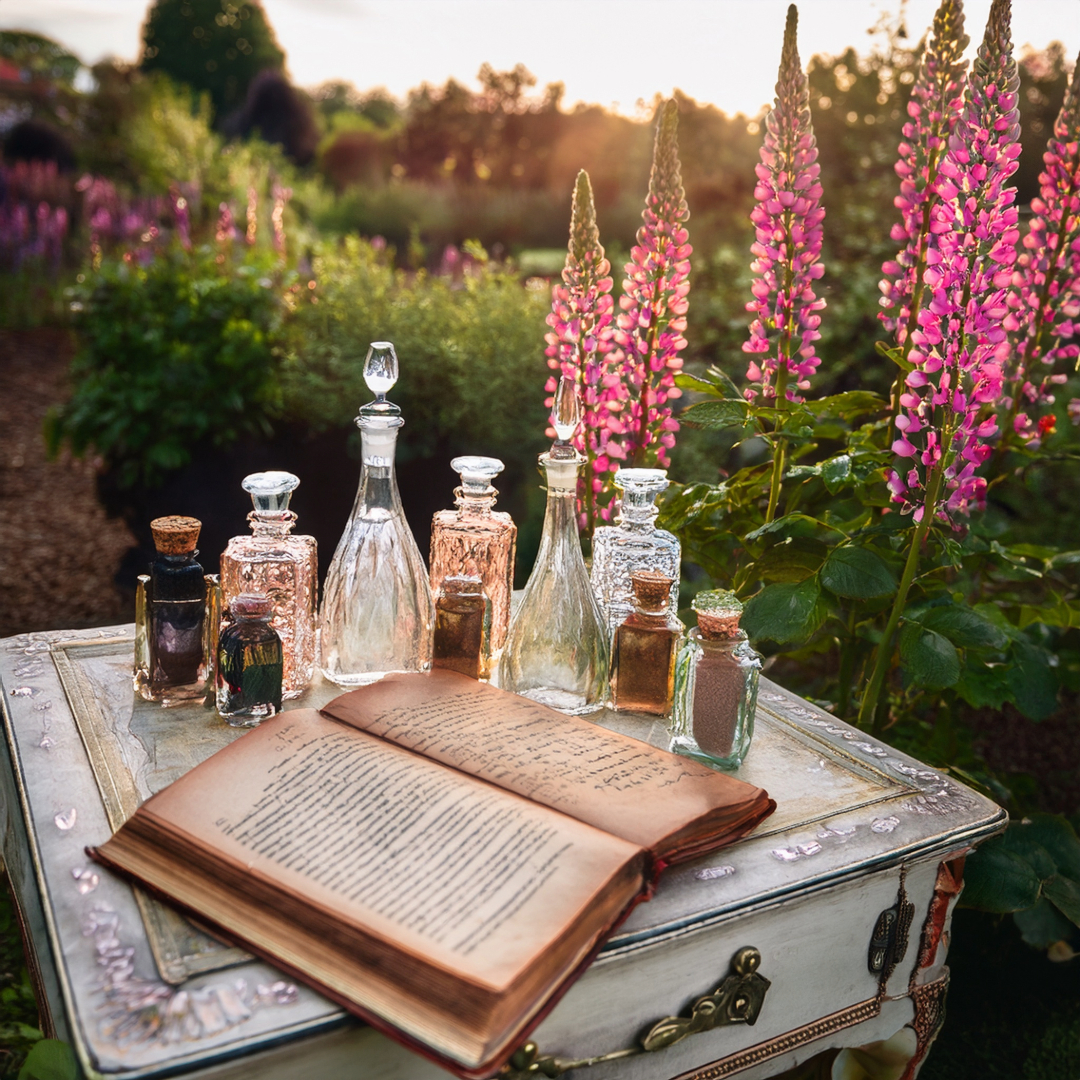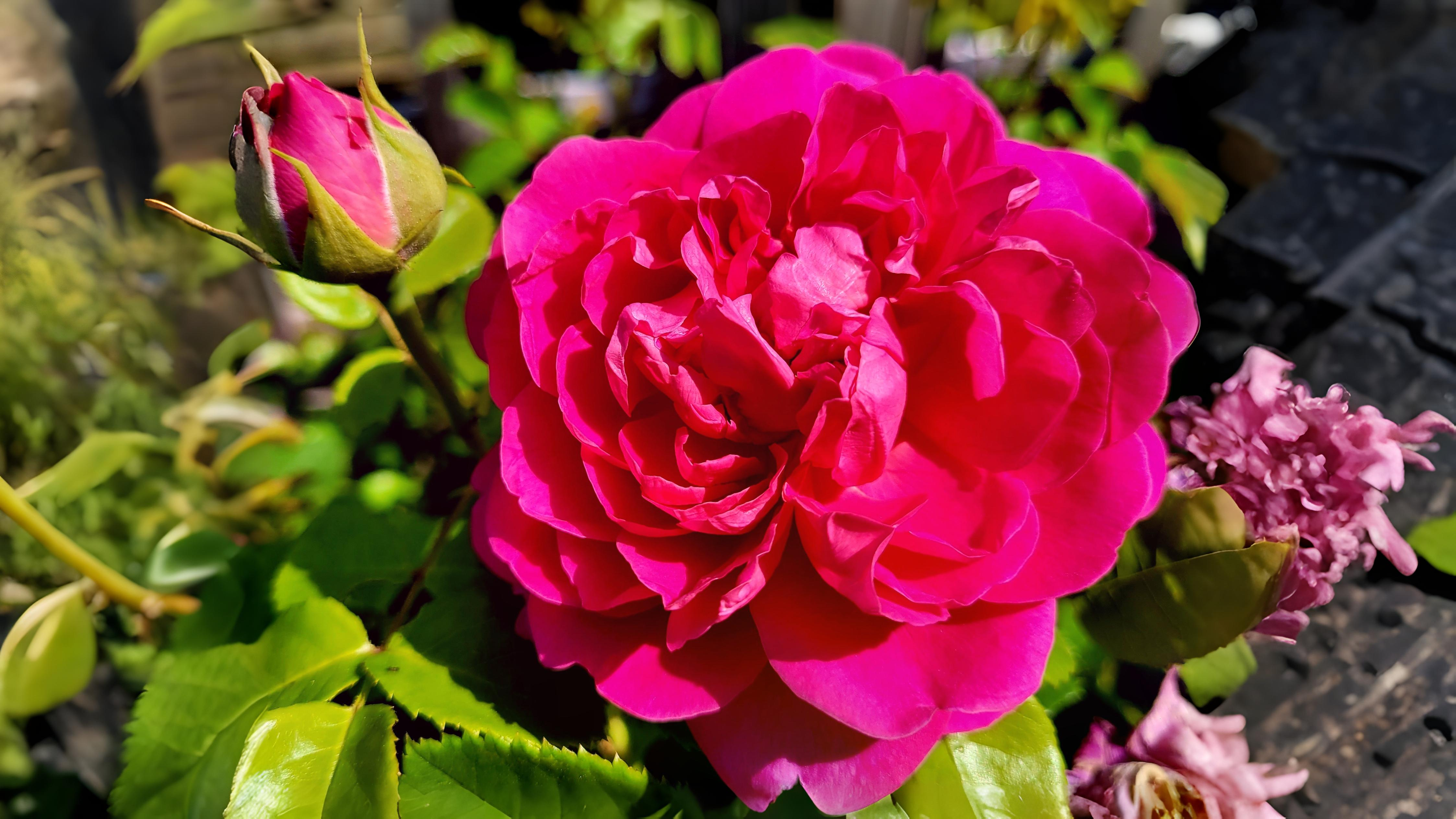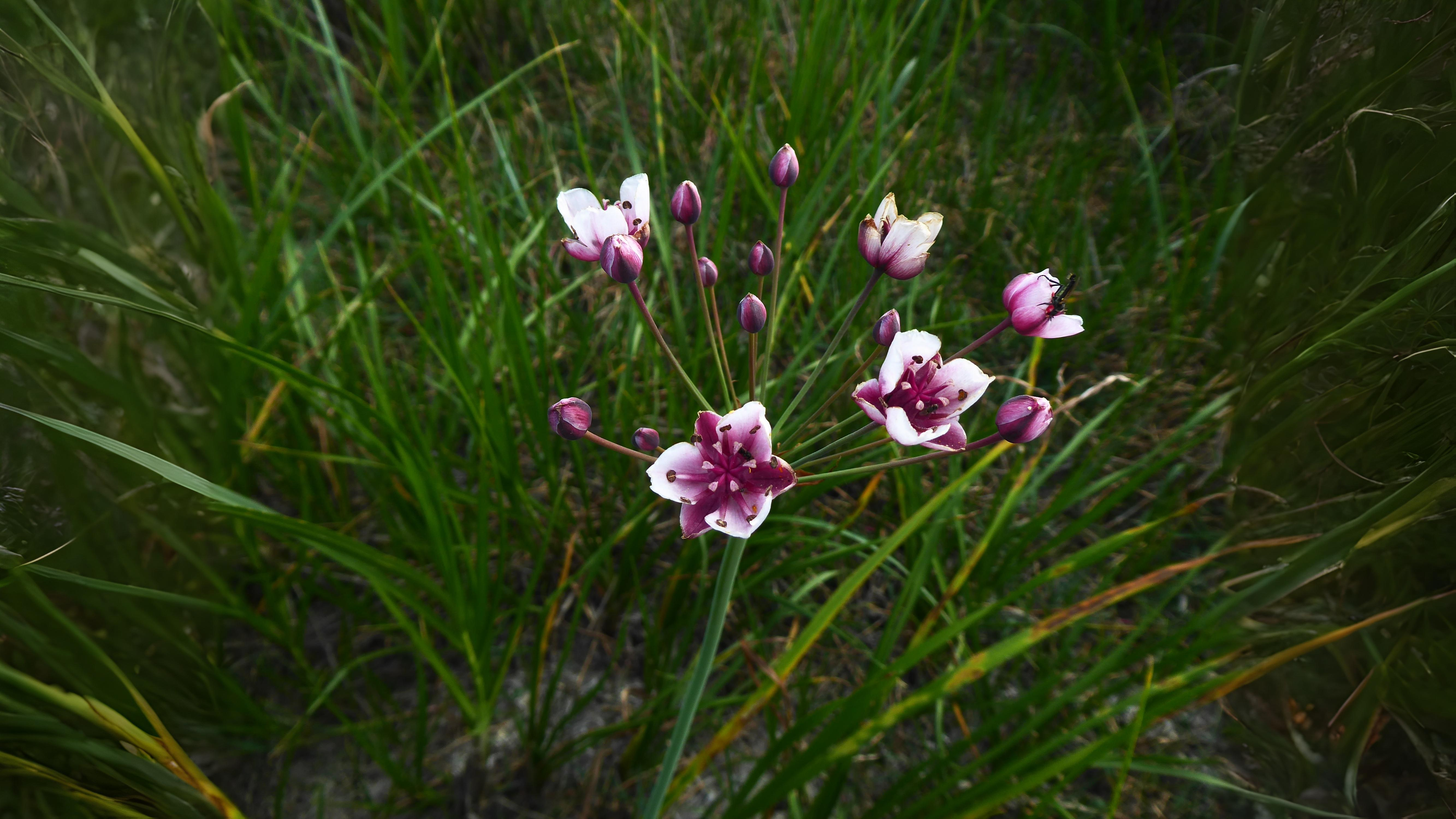What does a rose smell like? In London’s gardens, the answer might surprise you: cocoa, nail polish, warm bread, or even antique myrrh. The most fragrant roses—like the legendary ‘Constance Spry’ (calamine lotion) or R. fedtschenkoana (fresh jam)—release their secrets only on still, warm days. But beyond roses, June’s gardens explode with foxgloves, hollyhocks, and passion flowers, while pub hanging baskets drip with petunias.
Why did Victorian collectors risk everything for rare blooms? Which rose smells exactly like violets or almond paste? Return June 16 to uncover the intoxicating science and history hidden in London’s petals.
Smelling roses has been compared to smelling wines as there is such an immense range of attractive, volatile oils. The best time to smell them is on a warm, still day when many are at their best and rose gardens tend to hold their scents. At first it is best to concentrate on old roses such as damasks, gallicas and albas, all of whose scents have been famous for centuries. After this, it is worth looking out for tea roses for their tea scent, musks roses for musk and moss roses for their individual resinous balsamic odour.
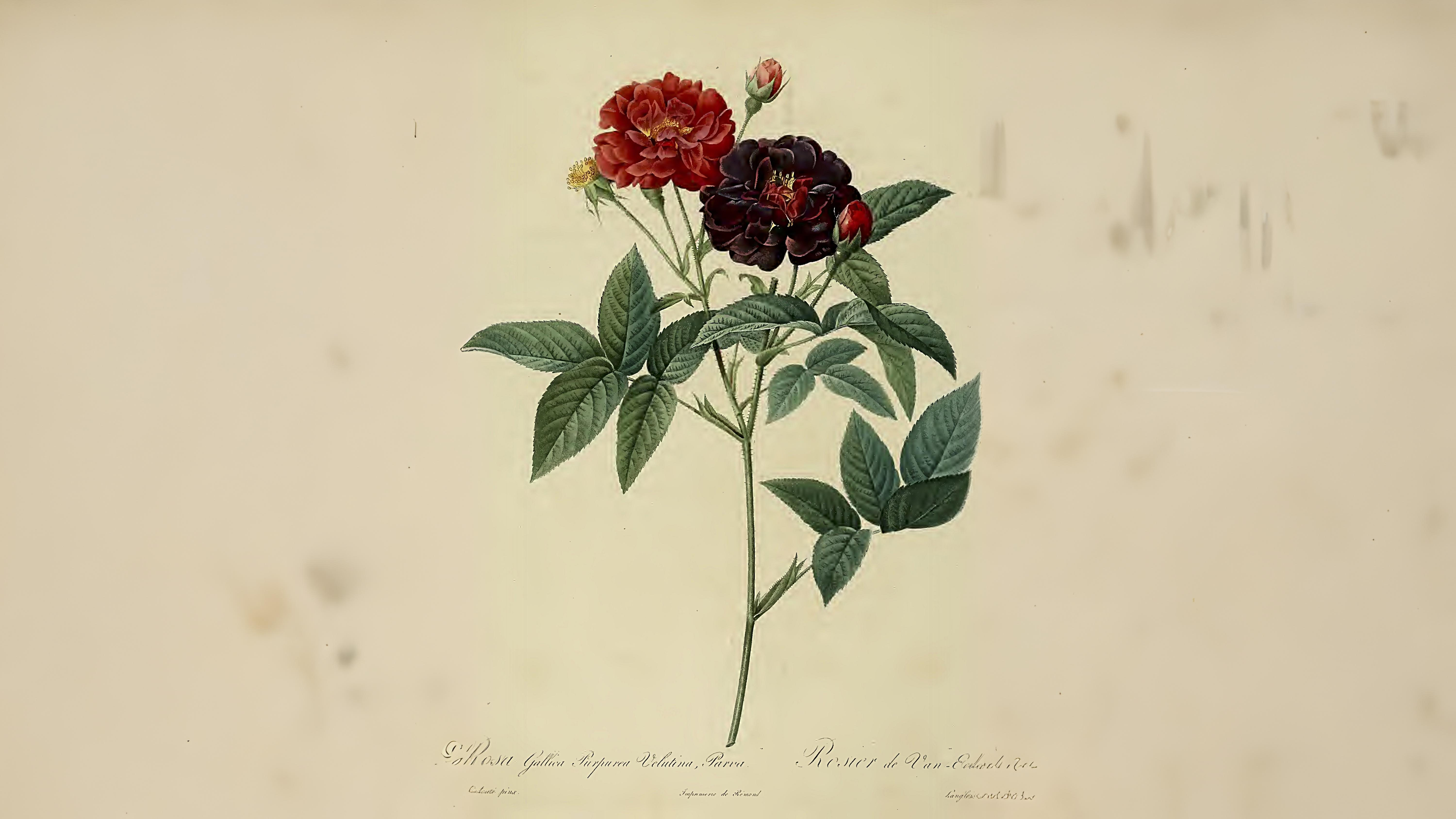
More unusual smells take a lot more finding e.g. R. ‘Constance Spry’ - calamine lotion; R. primula - incense, R. stellata - almond; R. ‘Louis XIV’ - cocoa, R. bracteata - nail polish, R. banksiae var normalis - violets; R. fedtschenkoana - bread and jam and R. ‘Cressida’ - myrrh. Myrrh is the most revered of scents. For some it is similar to aniseed whereas for others it’s nearer to antiseptic ointment.
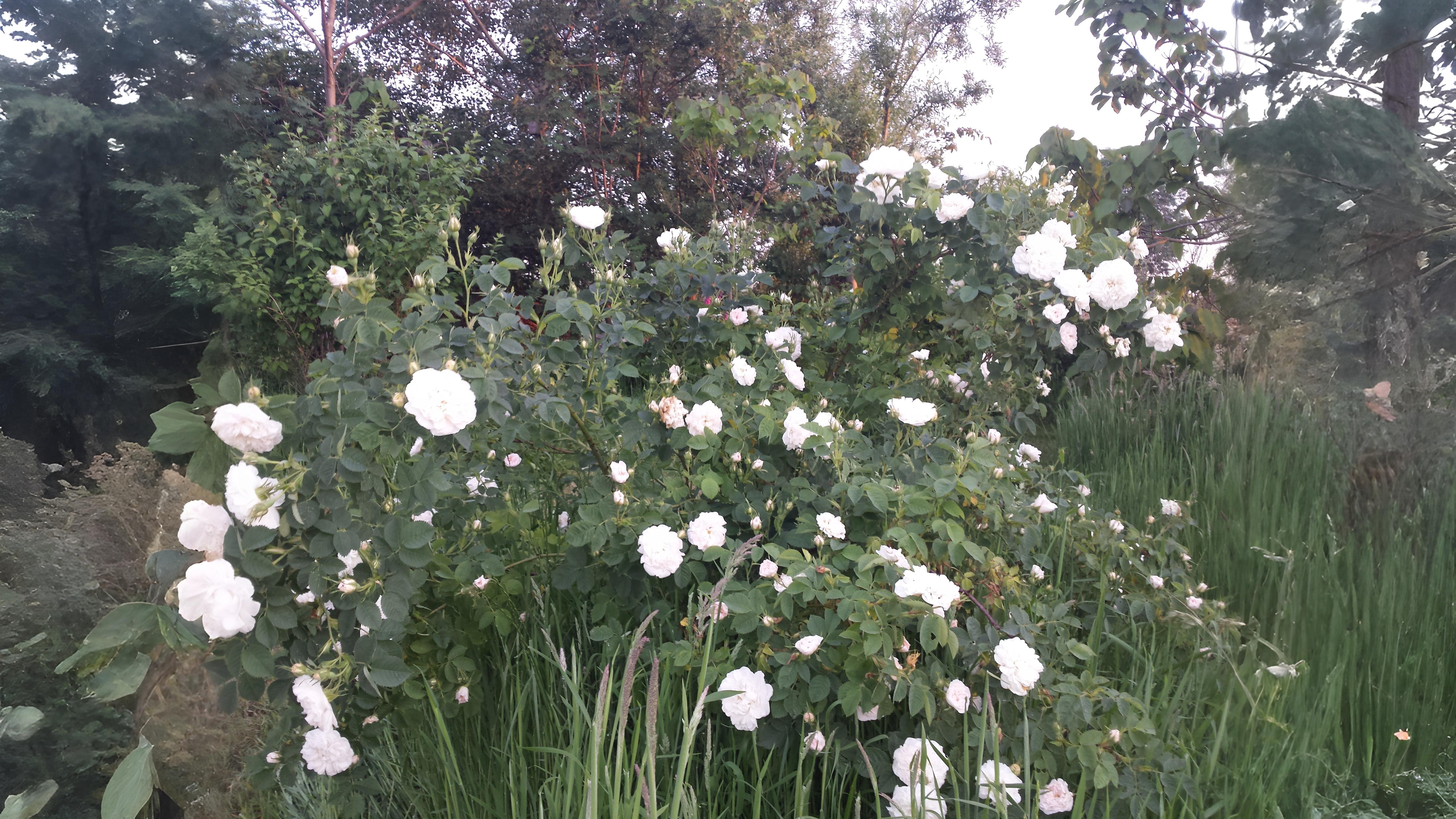
When it comes to floral and fruity scents, roses continue to compete well with wines. Scents found in both include raspberry, blackcurrant, blackberry, strawberry, orange, lemon, grapefruit, apple, pear, mango, lychee, guava and banana. Noisettes are a particularly good family of roses to explore fruity scents. Common floral scents other than the familiar ‘rose’ scent itself include sweet pea, orange blossom and jasmine.
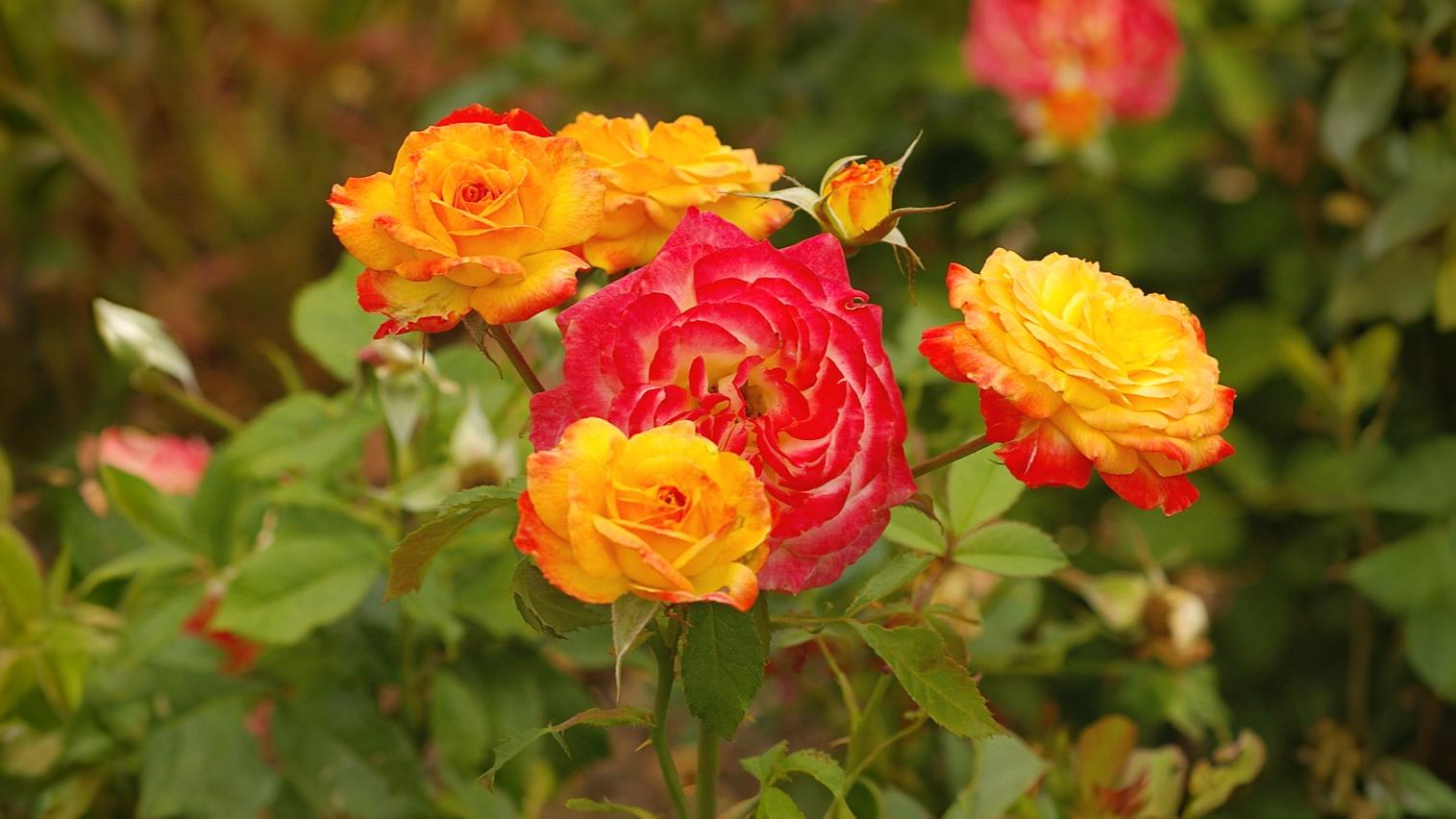
When it comes to floral and fruity scents, roses continue to compete well with wines. Scents found in both include raspberry, blackcurrant, blackberry, strawberry, orange, lemon, grapefruit, apple, pear, mango, lychee, guava and banana. Noisettes are a particularly good family of roses to explore fruity scents. Common floral scents other than the familiar ‘rose’ scent itself include sweet pea, orange blossom and jasmine. Some of the most popular scented roses are Wendy Cussons, Zephirine Drouhin, Mme Isaac Pereire, Alec’s red, Prima ballerina, Gertrude Jekyll and Konigin von Danemark, all of which are relatively popular and easy to find. Others well worth seeking out are Roseraie de l’Hay, Compassion, Fragrant Cloud, Celsiana, Sweet Juliet, Jude the Obscure, Rambling Rector and Jubilee Celebration.
London’s gardens are now awash with flowers generally. Old stalwarts include hostas, hydrangeas, hollyhocks, larkspurs, pinks, foxgloves, columbines, fuchsias, marigolds, speedwells, alchemilla, Californian poppy, campanulas, aubretia, alyssum, nigella and dicentra. Herbaceous borders are one of the joys of the month starting to show off the range of perennials available. Here you may see many varieties of peony, stock, iris, day lily, mullein, mallow and a host of different composites. Hampton Court and Kew both have impressive borders, but the double border on Battleston Hill at Wisley is one worth returning to.
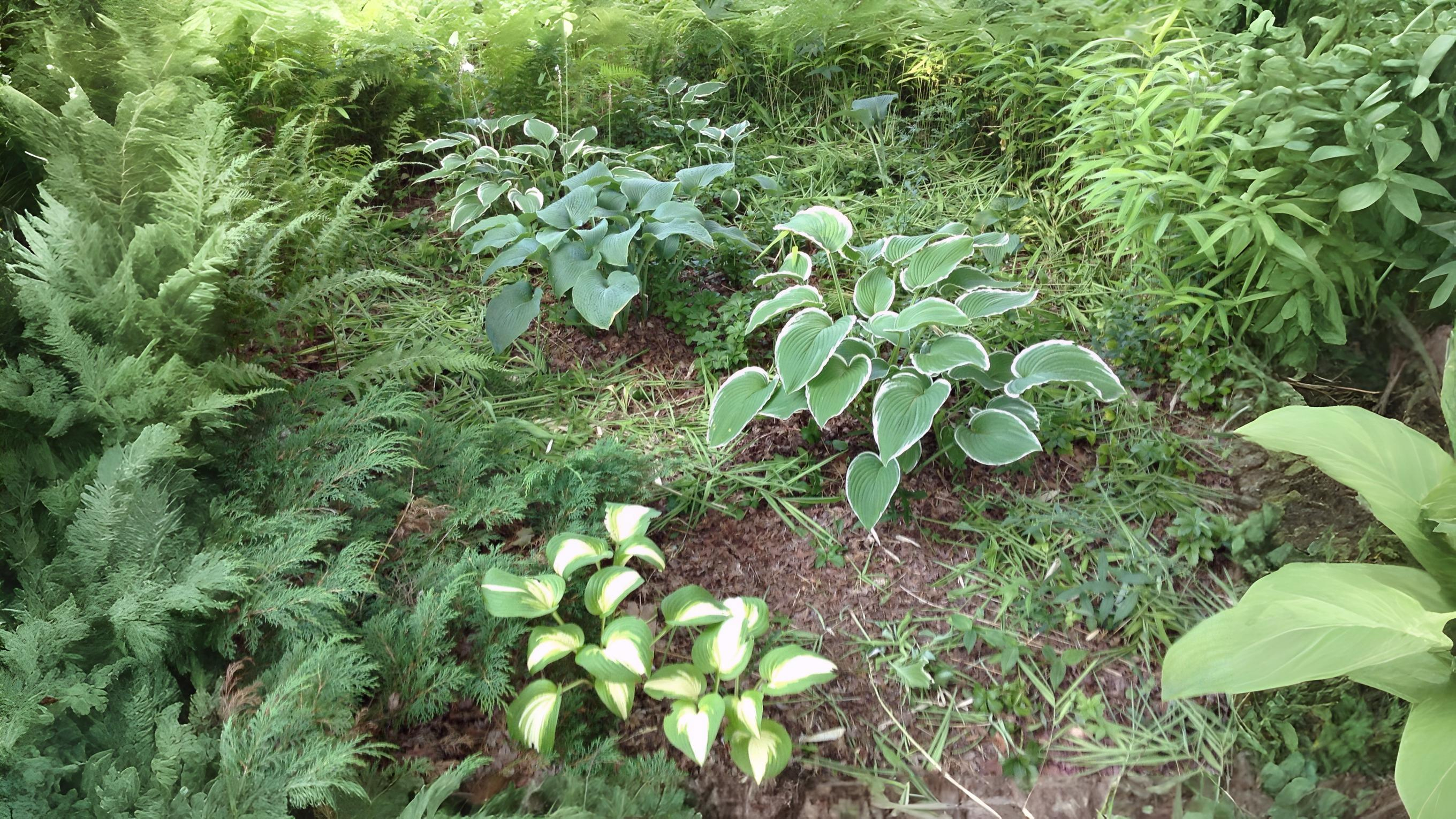
Parks are showing off a range of bedding plants especially geraniums, begonias, valerians, verbenas and petunias. The latter are greatly favoured by London pubs, especially in their hanging baskets. The month is also good for climbers e.g. honeysuckle, jasmine, plumbago and early passion flowers. Beside water it is worth looking for other impressive species such as Butomus, Mimulus and Hottonia.
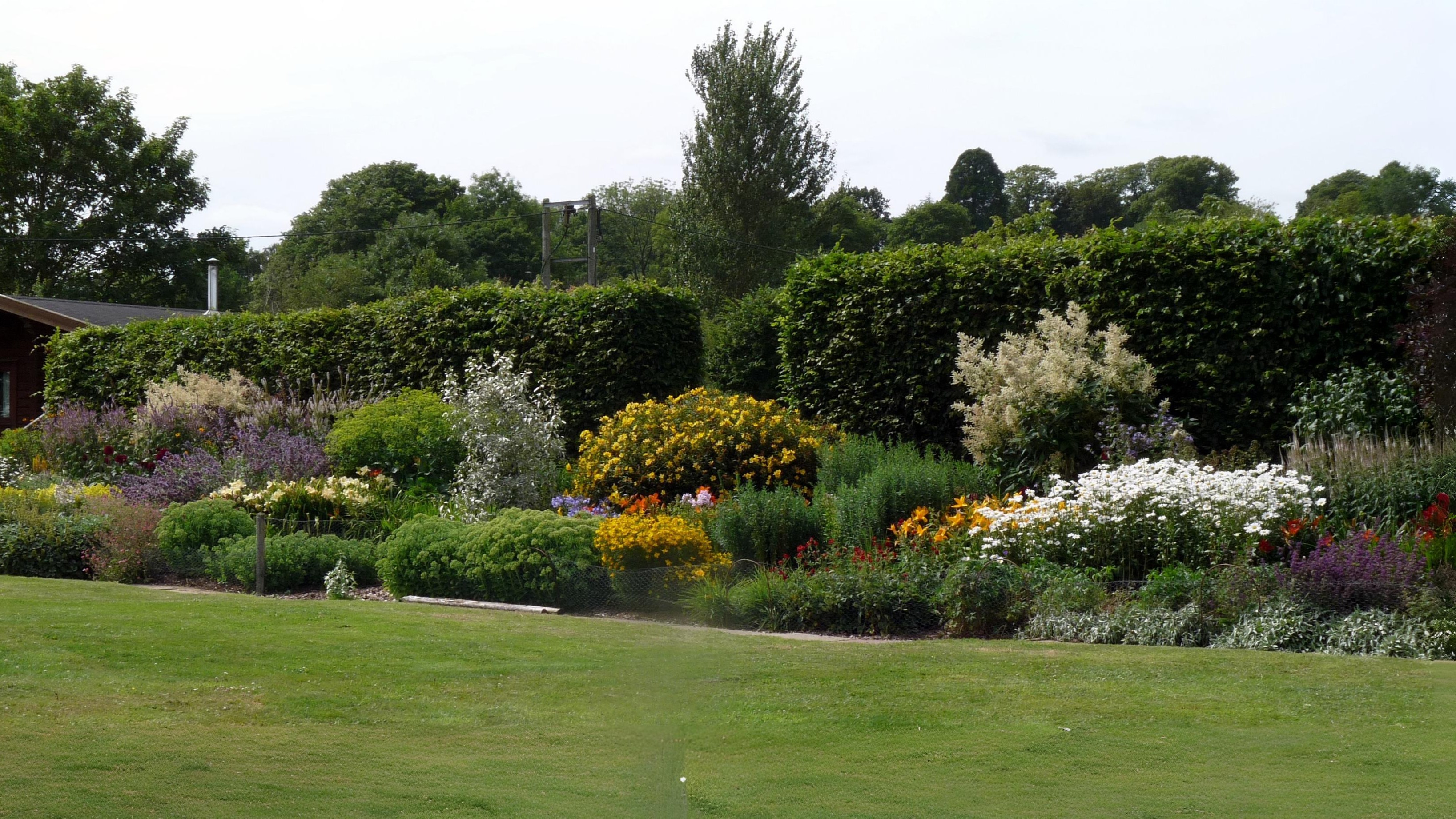
Although there are endless varieties and cultivars of garden plants, it is worth seeking out pure species that hale from various wild habitats all over the temperate world. Many of these arrived with Victorian collectors. Gardens with a carefully collected range of garden plants include Chelsea Physic Garden, Middleton House, Hampton Court, Kew Gardens and Wisley.
